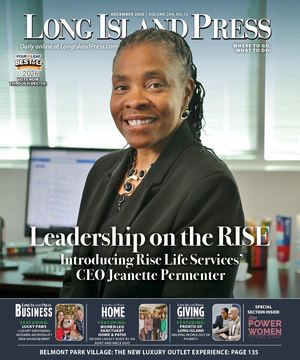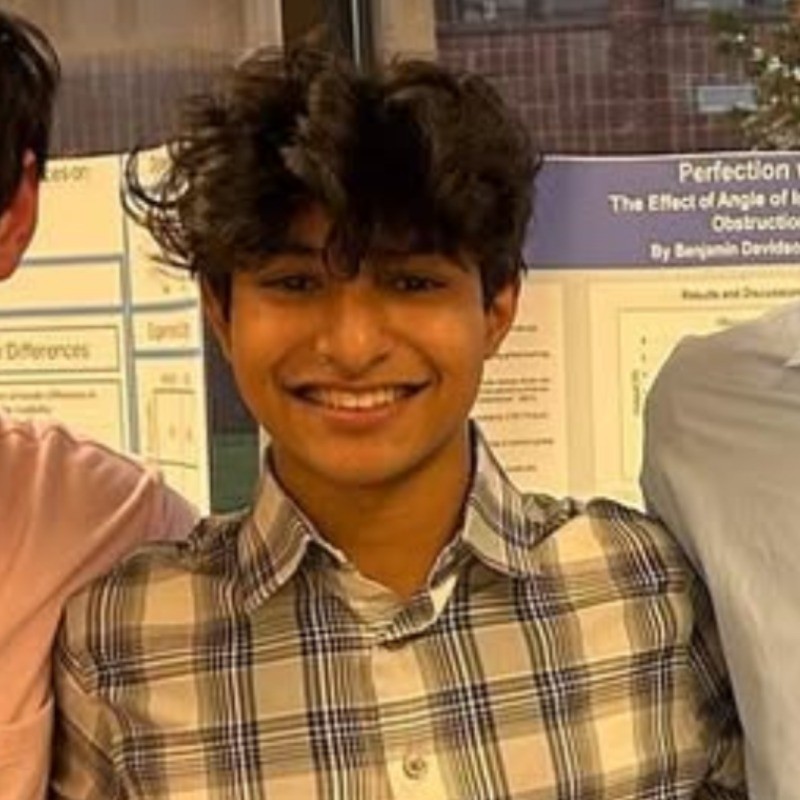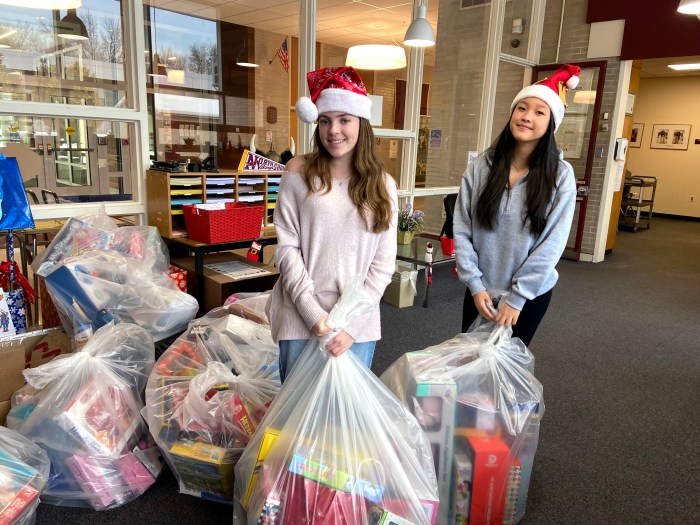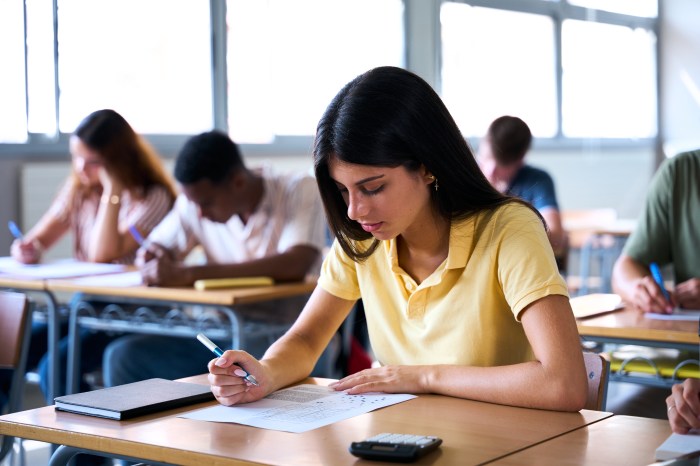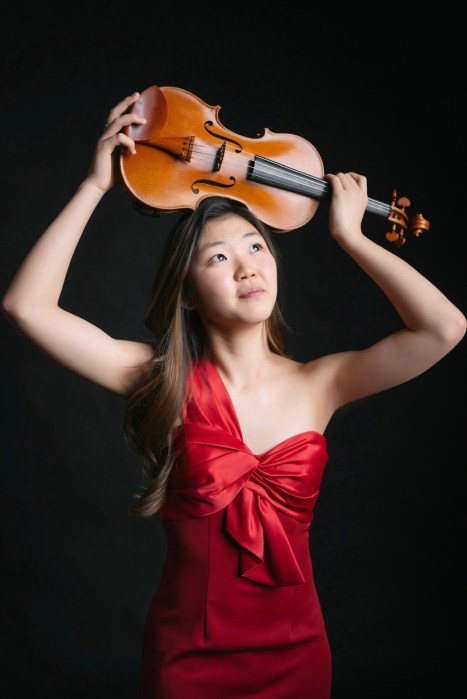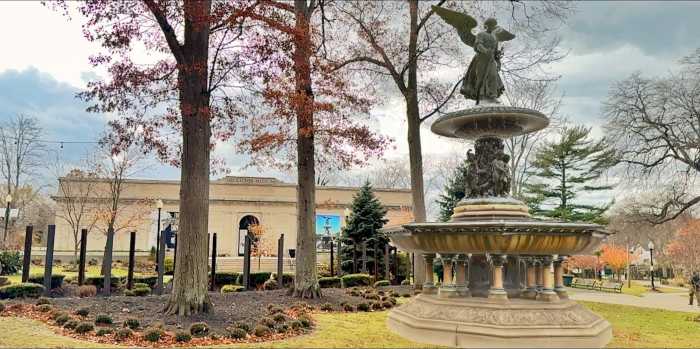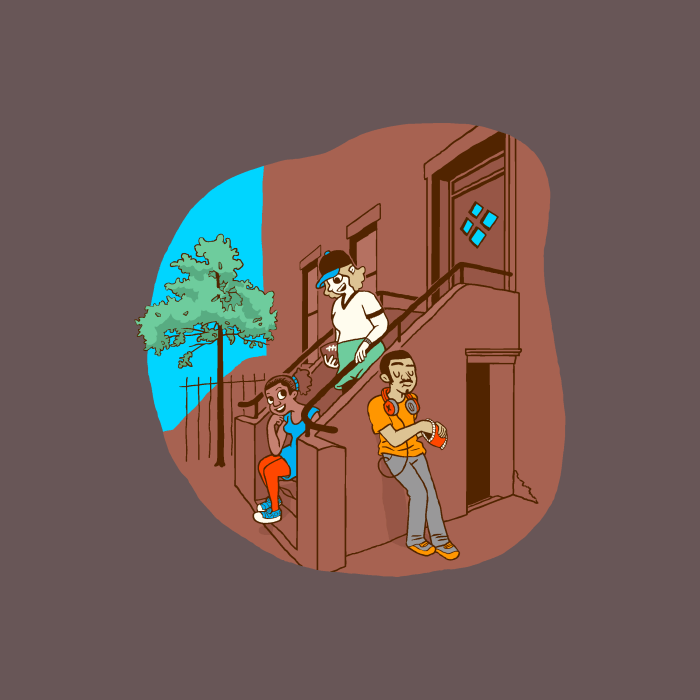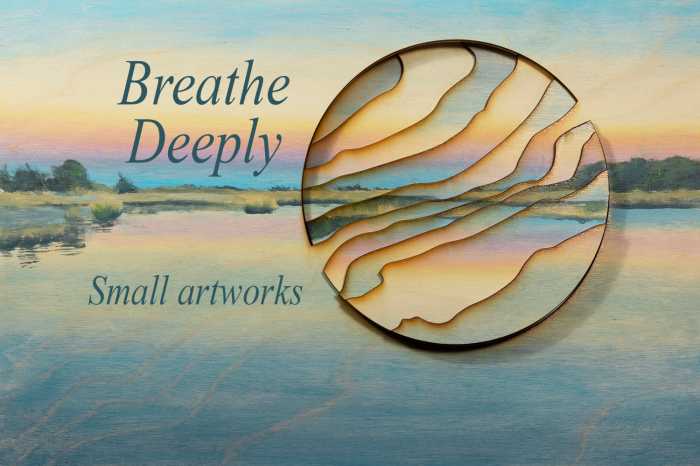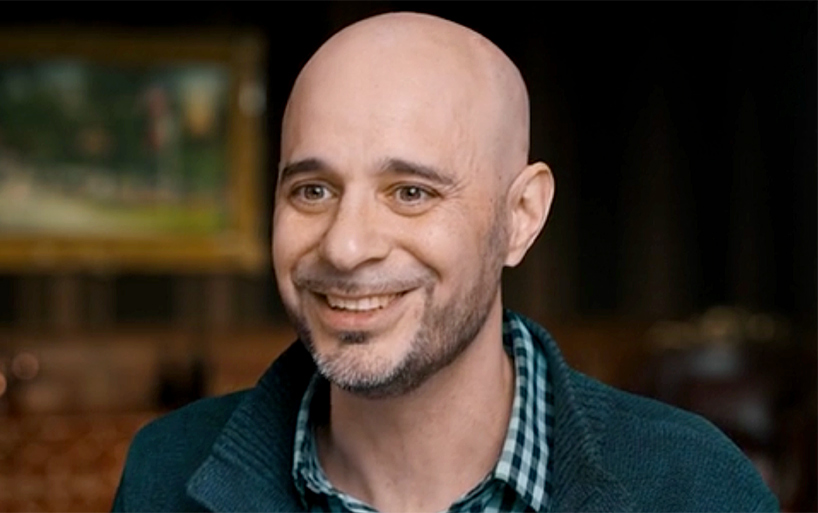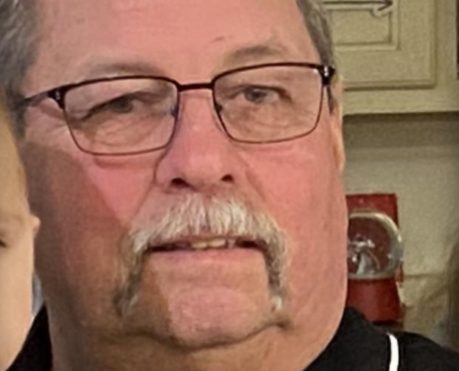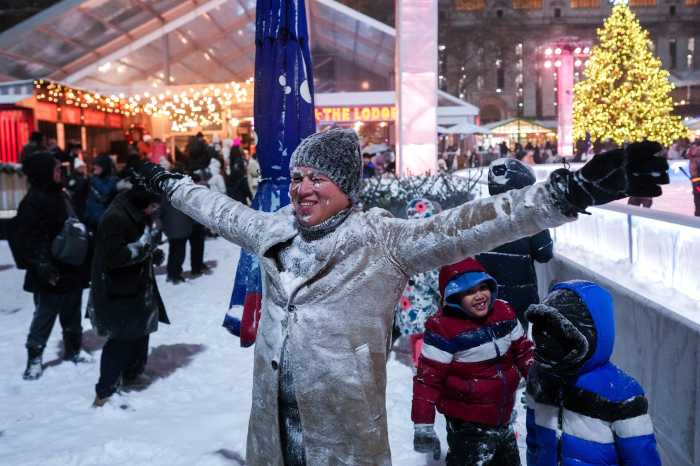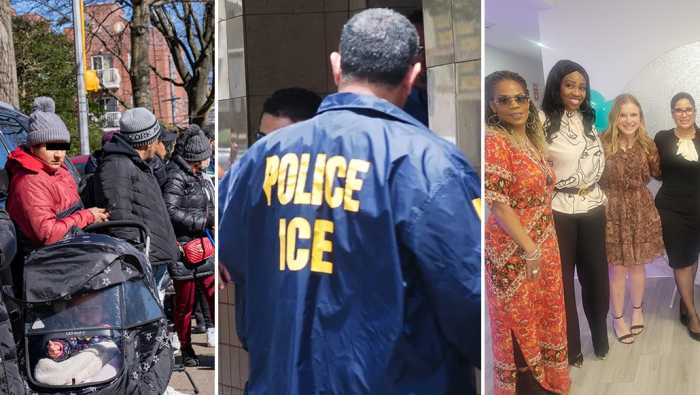For Mahin Gupta, a 17-year-old student at Roslyn High School, surviving childhood leukemia has shaped more than just his perspective on life — it’s inspired a passion for science, a dedication to helping others, and most recently, a self-published children’s book aimed at making STEM accessible to young learners.
Gupta was diagnosed with leukemia at age 2 and completed treatment by age 4. While he doesn’t remember much about the experience, the impact is lasting.
“Every day when I wake up, I feel grateful to be alive,” Gupta said. “When I am faced with a challenge, though it can be frustrating, I remind myself there are people going through far worse. I’m just happy to have the opportunity to face challenges.”
That outlook drives Gupta’s desire to bring joy to others, particularly through engineering.
“I want to become an engineer so I can make things like a toy or a prosthetic to make people happy and see a smile on their face,” he said.
A major influence on that goal, he added, is his time at Sunrise Day Camp, a camp for children with cancer and their siblings. As a former camper and now a counselor, Gupta credits Sunrise with reinforcing his mission to spread happiness.
“Sunrise was always accommodating,” he said. “I remember one summer, post-treatment, I came in with a broken foot and they always found something for me to do. It was just a place of happiness and joy.”
Gupta’s gratitude for life has also fueled a deep appreciation for science.
“Modern science, though it’s not perfect, literally saved my life,” he said. “It’s amazing that people spend years studying and experimenting to create things that can save lives, or even just get us from place to place, like a car or airplane.”
That admiration for innovation led Gupta to create “An Electric Journey: An Intro to Circuits for Kids,” a children’s book he originally developed as an end-of-year project for his AP Physics 1 and 2 classes.
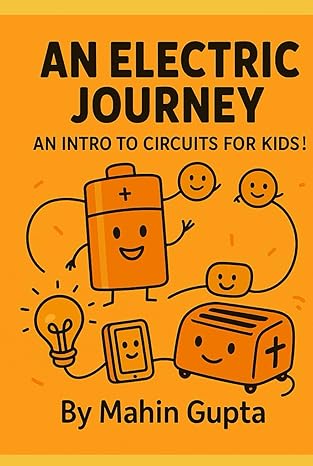
But the project soon grew into something more.
“I got so invested in it that I thought, ‘Wait, could I actually self-publish this?’” he said.
Drawing from a summer research project where he used generative AI to summarize medical materials for patients, Gupta turned to ChatGPT to help bring his book to life. He described each page to the AI, refining the illustrations until they matched his vision. Then he navigated the technical challenges of publishing — learning about copyright, formatting guidelines and design margins — eventually finalizing the book after multiple test prints.
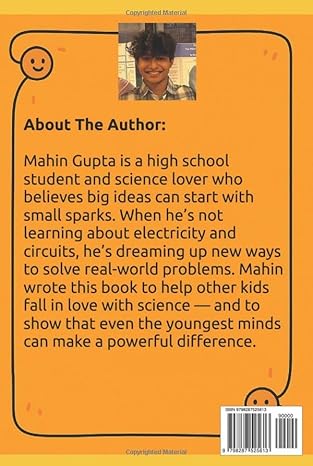
“Even though I don’t have artistic skills, I was able to use AI to make something meaningful,” Gupta said. “Some people may disagree with my techniques, but I hope young readers are inspired to learn about STEM and keep innovating.”
The entire publishing process took about a month and can be purchased through Amazon. Now Gupta is already working on his next project: building an autonomous drone that uses AI vision to identify and collect trash, especially in hazardous or hard-to-reach environments.
“The goal is to create a system that can pick up and throw out trash without human intervention,” he said.
In between working on the drone, Gupta is preparing for the upcoming track season and completing his college applications. Wherever he lands, he plans to keep using science to make the world better, and brighter.
“I truly believe that by continuing to learn and innovate,” he said, “we can make the world a better place.”
